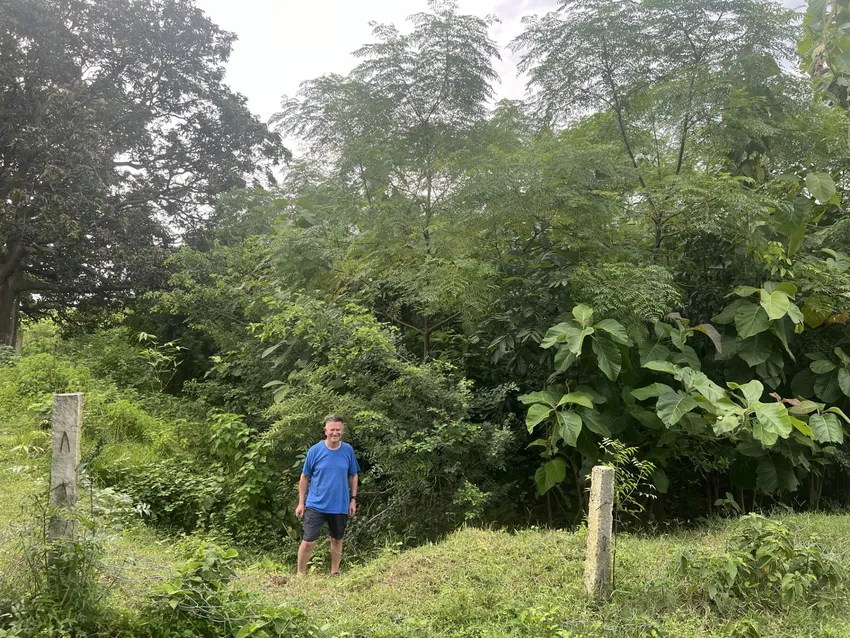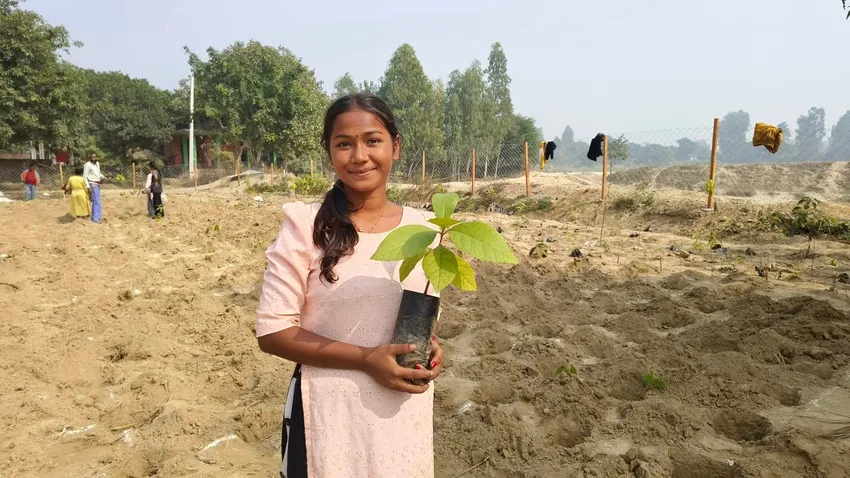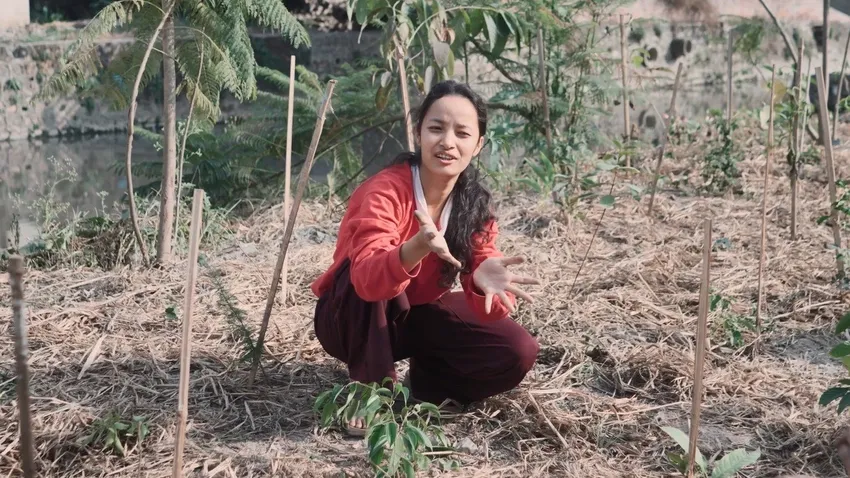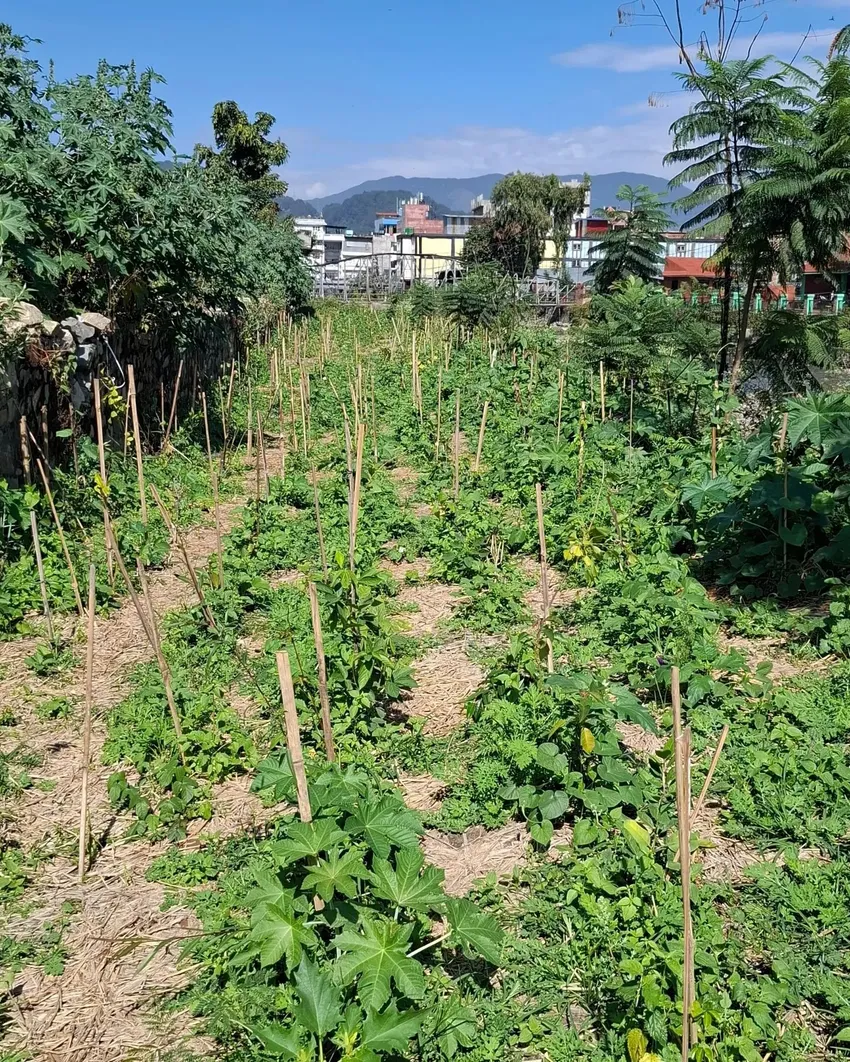We are restoring and protecting nature in Nepal by using the rapid-growth Miyawaki Method of reforestation that encourages trees to grow ten times faster. We are establishing sapling nurseries (managed by young deaf women) and creating seedbanks in collaboration with the Millennium Seed Bank at Kew.
Categories
Beneficiaries
Nepal's flora and fauna decline is being accentuated by rapid urbanisation in Kathmandu valley, deforestation in the south, and by the impact of climate change nationally. Plant species face extinction, almost unnoticed. In Kathmandu, the poorest people are impacted by a decline in air quality and by a loss of nature as the city becomes a concrete jungle. In the south, wildlife has been compromised by the loss of habitat and destruction of wildlife corridors, increasing human-wildlife conflict.
Working with leading botanists in Nepal and at the Millennium Seed Bank at Kew, we will establish seedbanks and sapling nurseries that will protect and nurture threatened species. In Kathmandu, we will plant urban forests on degraded public land, restoring biodiversity by reintroducing tree species that have become locally extinct. In south Nepal, we will develop a 12-km long wildlife corridor connecting the wooded Chure hill range with the isolated Dhanushadham Protected Forest to the south.



